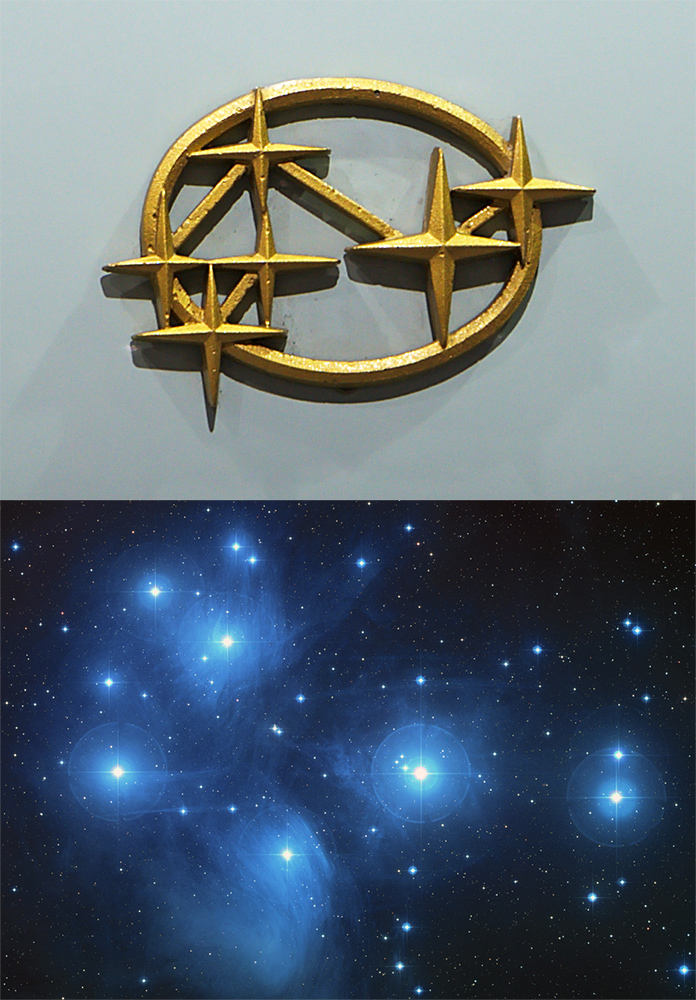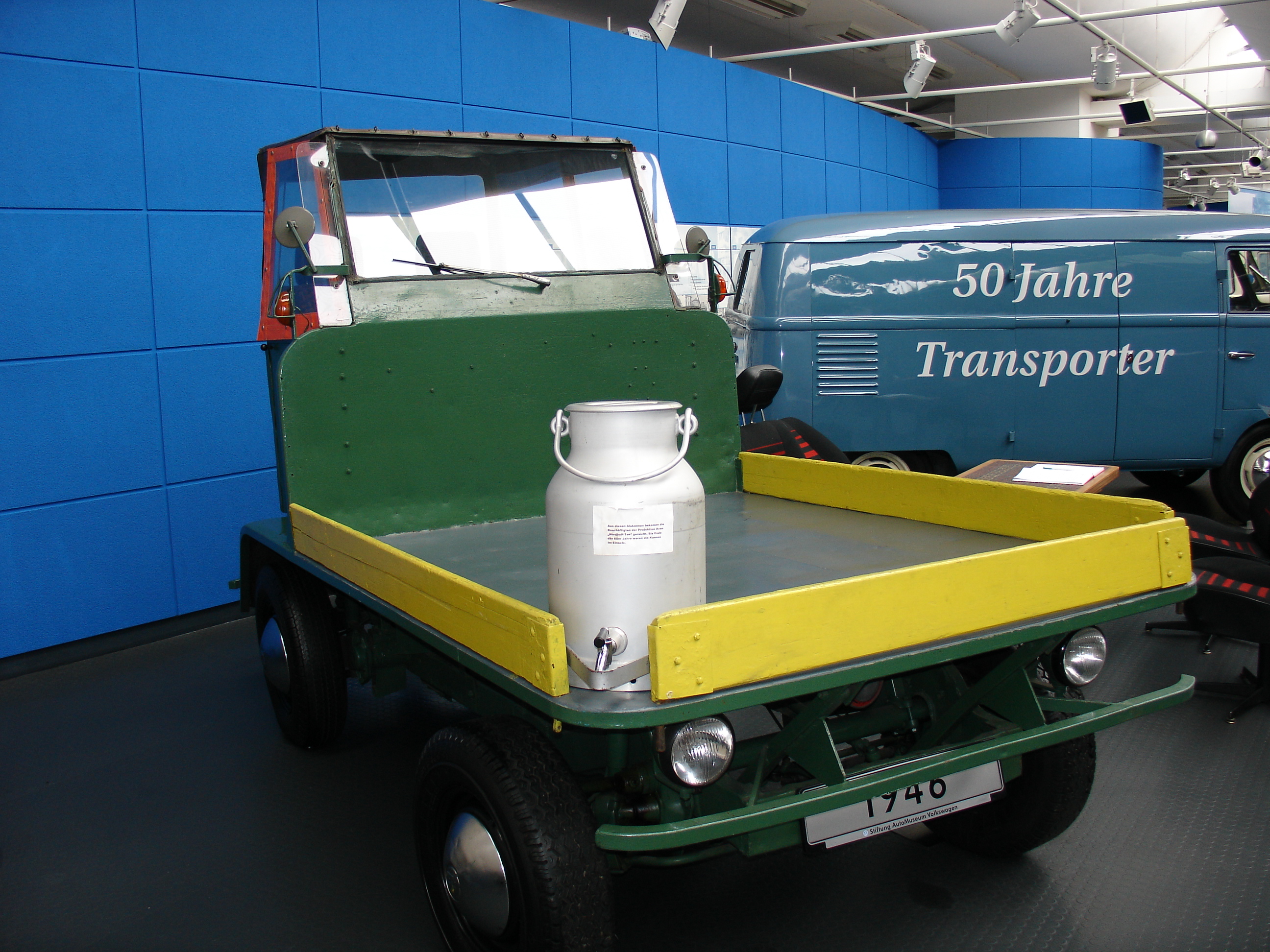|
Subaru Sambar
The Subaru Sambar is a cabover truck and microvan manufactured and marketed by Subaru as Japan's second truck compliant with the country's strict Keitora (軽トラ) or ''Kei'' vehicle tax class, after the Kurogane Baby. Introduced in 1961 in microvan and Kei pickup configurations, the Sambar remains in production, now in its eighth generation — beginning with the seventh generation as a rebadged Daihatsu Hijet. Since its introduction, the Sambar has used a rear engine, rear wheel drive layout with body-on-frame rather than unibody construction. The first two generations used the air-cooled engine from the Subaru 360 and later generations used the water-cooled engine from the Subaru Rex, Vivio and the Pleo. Four-wheel drive became optional in 1980. Sambar models were manufactured in China as the ��八as well as in Finland in a joint venture with Elcat Automotive. Passenger variants of the Sambar were later marketed as the Subaru Dias Wagon. With the Sambar, ... [...More Info...] [...Related Items...] OR: [Wikipedia] [Google] [Baidu] |
Microvan
A microvan is a van or minivan which is within the Japanese kei car classification or similar, and is smaller than a mini MPV. In China, these vehicles are nicknamed ''miàn bāo chē'' ("bread-loaf vehicle") because of their shape. - China Car Times Similarly, in several Hispanic American countries, these vehicles are called ''pan de molde'', which means "bread loaf". In Indonesia, it is commonly called a minibus due to their tall roof, perceived as resembling a miniature ; the term is also used generally to refer to any type of three-row MPVs. Outside of China and Japan, microvans are also common in |
Subaru
is the automaker, automobile manufacturing division of Japanese transportation conglomerate (company), conglomerate Subaru Corporation (formerly known as Fuji Heavy Industries), the Automotive industry#By manufacturer, twenty-first largest automaker by production worldwide in 2017. Subaru cars are known for their use of a flat engine, boxer engine layout in most vehicles above 1,500 cc. The Symmetrical All Wheel Drive drive-train layout was introduced in 1972. Both became standard equipment for mid-size and smaller cars in most markets by 1996. The lone exception is the Subaru BRZ, BRZ, introduced in 2012 via a partnership with Toyota, which pairs the boxer engine with rear-wheel-drive. Subaru also offers turbocharged versions of their passenger cars, such as the Subaru WRX, WRX, Subaru Outback, Levorg sti, Outback XT, Subaru Ascent, Ascent, and formerly the Subaru Legacy, Legacy GT, Subaru Legacy, Legacy XT, and Subaru Forester, Forester XT. In Western markets, Subaru ve ... [...More Info...] [...Related Items...] OR: [Wikipedia] [Google] [Baidu] |
Subaru 360
The Subaru 360 is a rear-engined, two-door city car manufactured and marketed by Subaru from 1958 to 1971. As the company's first mass-produced automobile, production reached 392,000 over its 12-year model run. Noted for its small overall size, curb weight, monocoque construction, swing axle rear suspension, fiberglass roof panel, and rear-hinged doors, the inexpensive car was designed in response to the Japanese government's light car or Kei car regulations and its proposal for a larger "national car," both intended to help motorize the post WWII Japanese population. The 360's overall size and engine capacity complied with Japan's Kei car regulations. Nicknamed the "ladybug" in Japan, and ultimately superseded by R-2, the 360 was one of Japan's most popular cars and was available in a single generation in two-door, station wagon ("Custom"), "convertible" ( a sedan with a roll-back fabric roof) and sporting variants. The two-door sedans' model code is K111, while the wagon is ... [...More Info...] [...Related Items...] OR: [Wikipedia] [Google] [Baidu] |
Two-stroke Engine
A two-stroke (or two-stroke cycle) engine is a type of internal combustion engine that completes a Thermodynamic power cycle, power cycle with two strokes of the piston, one up and one down, in one revolution of the crankshaft in contrast to a four-stroke engine which requires four strokes of the piston in two crankshaft revolutions to complete a power cycle. During the stroke from bottom dead center to top dead center, the end of the exhaust/intake (or Scavenging (automotive), scavenging) is completed along with the compression of the mixture. The second stroke encompasses the combustion of the mixture, the expansion of the burnt mixture and, near bottom dead center, the beginning of the scavenging flows. Two-stroke engines often have a higher power-to-weight ratio than a four-stroke engine, since their power stroke occurs twice as often. Two-stroke engines can also have fewer moving parts, and thus be cheaper to manufacture and weigh less. In countries and regions with stringe ... [...More Info...] [...Related Items...] OR: [Wikipedia] [Google] [Baidu] |
List Of Subaru Engines
Subaru uses a four or five character code to identify all of their Internal combustion engine, engines. As of August 2022 these are the engines presently in models sold by Subaru * FB20D: 1995 cc Double overhead camshaft, DOHC, 2017+ Subaru Impreza, and 2018+ Subaru Crosstrek * FB25D: 2498 cc Double overhead camshaft, DOHC, 2019+ North American Subaru Forester, 2020+ North American Subaru Legacy, 2020+ North American Subaru Outback, and 2021+ North American Subaru Crosstrek * FA24D: 2,387 cc Dual overhead camshaft, DOHC, 2022+ Toyota 86, Subaru BRZ/Toyota 86 * FA24F: 2,387 cc Dual overhead camshaft, DOHC, turbo, 2019+ USDM Subaru Ascent, 2020+ Subaru Legacy, and 2020+ Subaru Outback. 2021+ USDM Subaru WRX * CB18: 1795 cc Double overhead camshaft, DOHC, 2020 JDM Subaru Levorg#2020, Subaru Levorg, 2021 JDM Subaru Forester#SK, Subaru Forester Two-cylinder Subaru EK engine The EK series was an inline twin cylinder engine. Early versions were air-cooled T ... [...More Info...] [...Related Items...] OR: [Wikipedia] [Google] [Baidu] |
RR Layout
RR, Rr or rr may refer to: Arts and entertainment * ''RR'' (film), a 2007 experimental film by James Benning * Red Ribbon Army, a fictional army in the ''Dragon Ball'' series * Ruff Ryders Entertainment, a record label and East Coast rap collective * '' Fury from the Deep'' (production code: RR), a 1968 ''Doctor Who'' serial * ''RR'' (EP), a 2023 collaborative EP by Rosalía and Rauw Alejandro * RR, prefix for models of Jackson Rhoads electric guitars commissioned by guitarist Randy Rhoads Businesses and organizations * Rashtriya Rifles, an Indian counter-insurgency force * Rational Recovery, an addiction recovery program * Rekords Rekords (logo), an American record label * Rhodesia Regiment, Rhodesian Army unit * Royal Air Force (IATA airline designator) * Richard Rohac (logo), an Austrian art metal firm Language * rr (digraph) * Revised Romanization of Korean, the official Korean language romanization system in South Korea * Revised Romanization of Hangeul, the fo ... [...More Info...] [...Related Items...] OR: [Wikipedia] [Google] [Baidu] |
Pickup Truck
A pickup truck or pickup is a Truck_classification#Table_of_US_GVWR_classifications, light or medium duty truck that has an enclosed cabin (truck), cabin, and a back end made up of a cargo bed that is enclosed by three low walls with no roof (this cargo bed back end sometimes consists of a wikt: tailgate, tailgate and removable covering). In Australia and New Zealand, both pickups and coupé utility, coupé utilities are called ute (vehicle), utes, short for utility vehicle. In South Africa, people of all language groups use the term ''bakkie''; a diminutive of , meaning ''bowl'' or ''container''. Once a work or farming tool with few creature comforts, in the 1950s, American consumers began purchasing pickups for lifestyle reasons, and by the 1990s, less than 15 percent of owners reported use in work as the pickup truck's primary purpose. In North America, the pickup is mostly used as a Car, passenger car and accounts for about 18% of total vehicles sold in the United States. Ful ... [...More Info...] [...Related Items...] OR: [Wikipedia] [Google] [Baidu] |
Samba (bus)
The Volkswagen Transporter, initially the Type 2, is a range of light commercial vehicles, built as vans, pickups, and cab-and-chassis variants, introduced in 1950 by the German automaker Volkswagen as their second mass-production light motor vehicle series, and inspired by an idea and request from then-Netherlands-VW-importer Ben Pon. Known officially (depending on body type) as the Transporter, Kombi or Microbusor informally as the Volkswagen Station Wagon (US), Bus (also US), Camper (UK) or Bulli (Germany), it was initially given the factory designation 'Type 2', as it followedand was for decades based onthe original 'Volkswagen' ("People's Car"), which became the VW factory's 'Type 1' after the post-war reboot, and mostly known, in many languages, as the "Beetle". The Volkswagen Transporter has been built in many variants. It may be best known for its panel vans, but it was also built as a small bus or minivan, with choices of up to 23 windows and either h ... [...More Info...] [...Related Items...] OR: [Wikipedia] [Google] [Baidu] |
Volkswagen Type 2
The Volkswagen Transporter, initially the Type 2, is a range of light commercial vehicles, built as vans, pickups, and cab-and-chassis variants, introduced in 1950 by the German automotive industry, automaker Volkswagen as their second mass-production car model, light motor vehicle series, and inspired by an idea and request from then-Netherlands-VW-importer Ben Pon Sr., Ben Pon. Known officially (depending on body type) as the Transporter, Kombi or Microbusor informally as the Volkswagen Station Wagon (US), Bus (also US), Camper (UK) or Bulli (Germany), it was initially given the factory designation 'Type 2', as it followedand was for decades based onthe Volkswagen Beetle, original 'Volkswagen' ("People's Car"), which became the VW factory's 'Type 1' after the World War Two, post-war reboot, and mostly known, in many languages, as the "Beetle". The Volkswagen Transporter has been built in many variants. It may be best known for its panel vans, but it was also b ... [...More Info...] [...Related Items...] OR: [Wikipedia] [Google] [Baidu] |
Elcat Electric Vehicles
Elcat was a battery electric vehicle manufacturer and an electric vehicle importer based in Järvenpää, Finland. Elcat Automotive was owned by an electricity producer called Fortum until the production decreased in the early 21st century. Elcat began working in 1974 to design electric cars for Nordic climate. The first prototypes for Elcat's automotive industry were made in 1985 with a joint venture plan with Subaru's Sambar, Dias, and Domingo vans, while the first commercial product was released in 1990. The users of Elcat vehicles were Finnish post office (Posti) and Stockholm-based delivery service. Elcat ceased car production in 2002 and pivoted to importing electric vehicles. The company imported and sold electric quadricycles, golf carts, and maintenance vehicles as well as electric mopeds and bicycles A bicycle, also called a pedal cycle, bike, push-bike or cycle, is a human-powered or motor-assisted, pedal-driven, single-track vehicle, with two wheels a ... [...More Info...] [...Related Items...] OR: [Wikipedia] [Google] [Baidu] |
Joint Venture
A joint venture (JV) is a business entity created by two or more parties, generally characterized by shared ownership, shared returns and risks, and shared governance. Companies typically pursue joint ventures for one of four reasons: to access a new market, particularly emerging market; to gain scale efficiencies by combining assets and operations; to share risk for major investments or projects; or to access skills and capabilities.' Most joint ventures are incorporated, although some, as in the oil and gas industry, are "unincorporated" joint ventures that mimic a corporate entity. With individuals, when two or more persons come together to form a temporary partnership for the purpose of carrying out a particular project, such partnership can also be called a joint venture where the parties are "''co-venturers''". A joint venture can take the form of a business. It can also take the form of a project or asset JV, created for the purpose of pursuing one specific project, ... [...More Info...] [...Related Items...] OR: [Wikipedia] [Google] [Baidu] |








